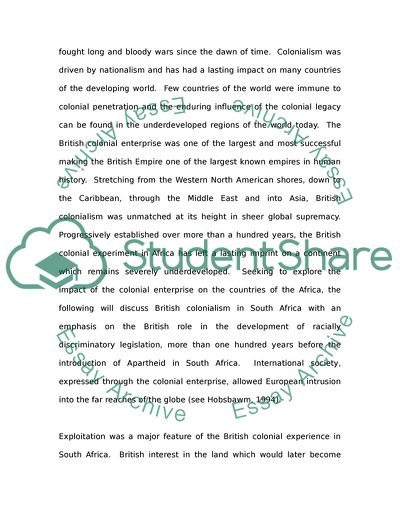Cite this document
(Hedley Bulls Comment the International Society Has Always Been Present Essay, n.d.)
Hedley Bulls Comment the International Society Has Always Been Present Essay. Retrieved from https://studentshare.org/politics/1731952-do-you-agree-with-hedley-bulls-comment-the-international-society-has-always-been-present-in-the-world-political-system
Hedley Bulls Comment the International Society Has Always Been Present Essay. Retrieved from https://studentshare.org/politics/1731952-do-you-agree-with-hedley-bulls-comment-the-international-society-has-always-been-present-in-the-world-political-system
(Hedley Bulls Comment the International Society Has Always Been Present Essay)
Hedley Bulls Comment the International Society Has Always Been Present Essay. https://studentshare.org/politics/1731952-do-you-agree-with-hedley-bulls-comment-the-international-society-has-always-been-present-in-the-world-political-system.
Hedley Bulls Comment the International Society Has Always Been Present Essay. https://studentshare.org/politics/1731952-do-you-agree-with-hedley-bulls-comment-the-international-society-has-always-been-present-in-the-world-political-system.
“Hedley Bulls Comment the International Society Has Always Been Present Essay”. https://studentshare.org/politics/1731952-do-you-agree-with-hedley-bulls-comment-the-international-society-has-always-been-present-in-the-world-political-system.


